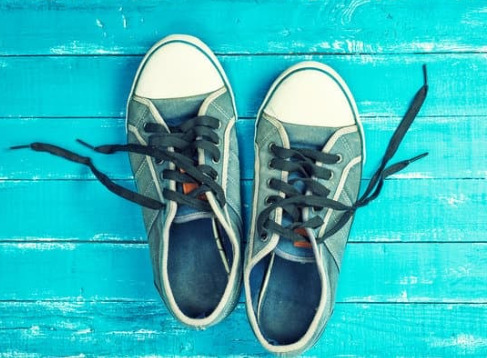Nails seemingly getting thicker?
Why is it as we age our hair thins out and yet our toenails naturally thicken? This is because the rate of nail growth decreases and the nails can accumulate layers over time, resulting in thickening. However nails can also become very fragile and brittle post chemotherapy or in iron deficiency related conditions for example.
Nails are mainly composed of keratin, a protein made by the nail root. But as we age, the growth and repair rate of these cells begins to slow down due to poor blood circulation, especially in our extremities (hands and feet). Blood circulation is when the small blood vessels in our feet begin to narrow and become thicker, making it harder for the blood to flow. This then causes the nail cells to build up causing the nail to thicken from the nail root.
However aside from aging, there are other possible reasons for thickened nails such as:
- Trauma. Repeated trauma or injury to the toenails, such as from wearing tight-fitting shoes, stubbing your toes or engaging in activities that put stress on the nails, causing them to thicken as our body provides what it considers a protective response.
- Fungal infections. Fungi can invade the nail bed, leading to changes in the nail texture, color and thickness especially in chronic presentations making it much harder to address.
- Onychogryphosis. Is a condition characterized by abnormal nail thickening and curvature, often resembling a ram’s horn.
- Psoriasis. Is a chronic autoimmune condition that can affect the nails causing thickening, pitting and discoloration. It occurs due to the rapid turnover of skin cells.
- Peripheral vascular disease. Causing a reduced blood flow to the feet and toes, often associated with conditions like peripheral artery disease (PAD), can cause the toenails to thicken.
Symptoms and appearance of Thickened Nails
As the nails get more obviously thick, several symptoms may be noticed including:
- brittle, easy-to-break nails
- bad odor from the nail
- nails lifting easily from the nail bed or do not seem fully attached to the nail bed
- splitting or cracking of the nail occurs easily
- cutting or trimming is difficult
- pain or discomfort
- dirt or other debris gets under the nails
As the toenails thicken, they may appear rough, ridged or scaly on the surface.
Speaking of trauma caused by ill-fitting shoes… how do we know if we need to change our shoe wear?
Sometimes it’s hard to give up a favorite pair of old shoes it took us ages to wear them in we think ‘no way am I getting rid of them now’, however all those creases and dents in the material, the sole worn down even holes really indicate that the shoe materials are now providing zero benefit to the bony and soft tissues of our feet. A wise investment will be a new pair for your foot health.
Here are some signs to look out for when our shoe wear needs to be changed:
- Foot discomfort or pain
- Shoe signs of wear and tear
- A recent change in your own foot size or shape
- A sense you have a general decreased cushioning for your feet
Studies show that running with worn-down shoes can change your posture and gait, increasing injury risk. Knowing when to change your footwear is key to preventing future foot problems.
We asked last week if there is a need to always be in foot wear even in the home? If we are suffering with a musculoskeletal condition and want to avoid foot pain, injury and infection, absolutely yes. Better to prevent foot problems in the first place! Some problems we can develop if we walk around in bare feet include athlete’s foot, plantar fasciitis and fungal nails. However a closed trainer for a musculoskeletal condition and a non slip slider for a bacterial or fungal infection.
When not to go barefoot at home? If you have diabetes, you should never go barefoot, either in or out of your house. You should always protect your feet with a shoe, house shoe or any comfortable foot wear.
Are you suffering from any foot problems? At The Chelsea Clinic, we can help. One of our podiatrist can assist and then recommend what treatments are best to get you back on track.  Podiatrist South Kensington
Podiatrist South Kensington
Schedule an appointment here or you may call us at +44 (0) 207 101 4000. 
We hope you have a feetastic day! 

-The Chelsea Clinic and Team


 Podiatrist South Kensington
Podiatrist South Kensington




